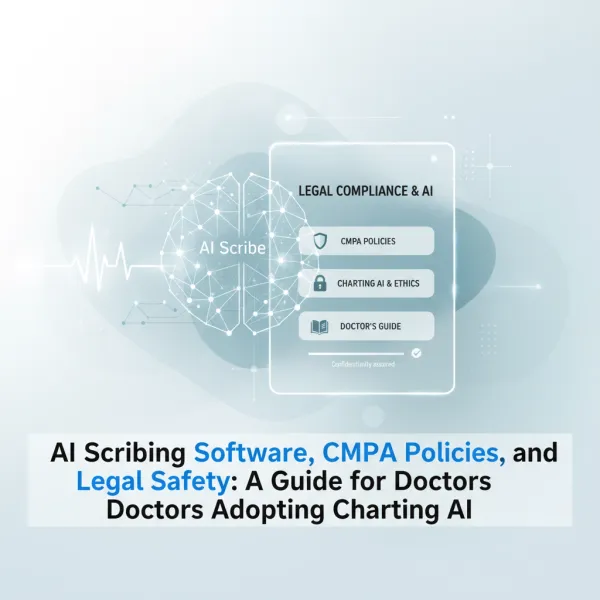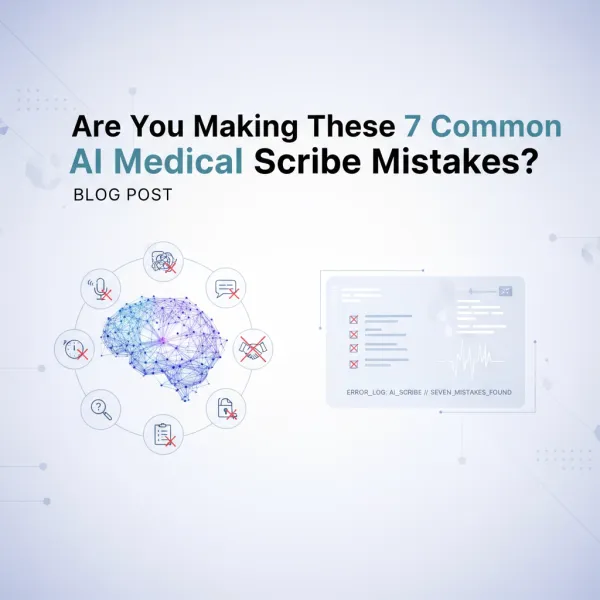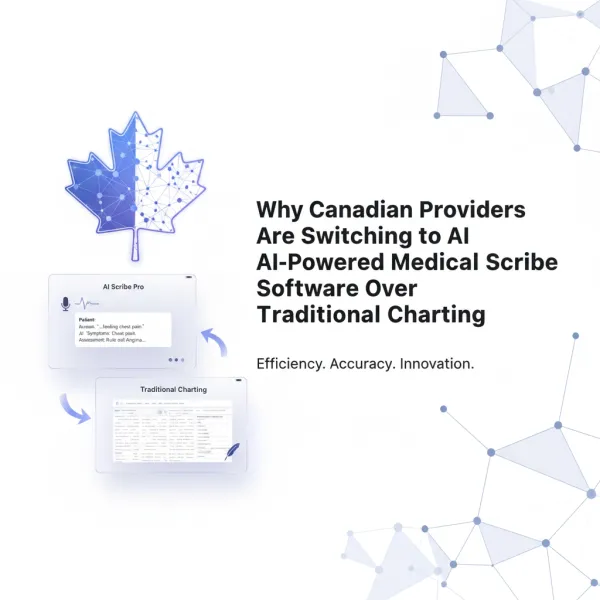AI-Powered Medical Scribe vs Traditional Scribing: Which Saves Canadian Doctors More Time?
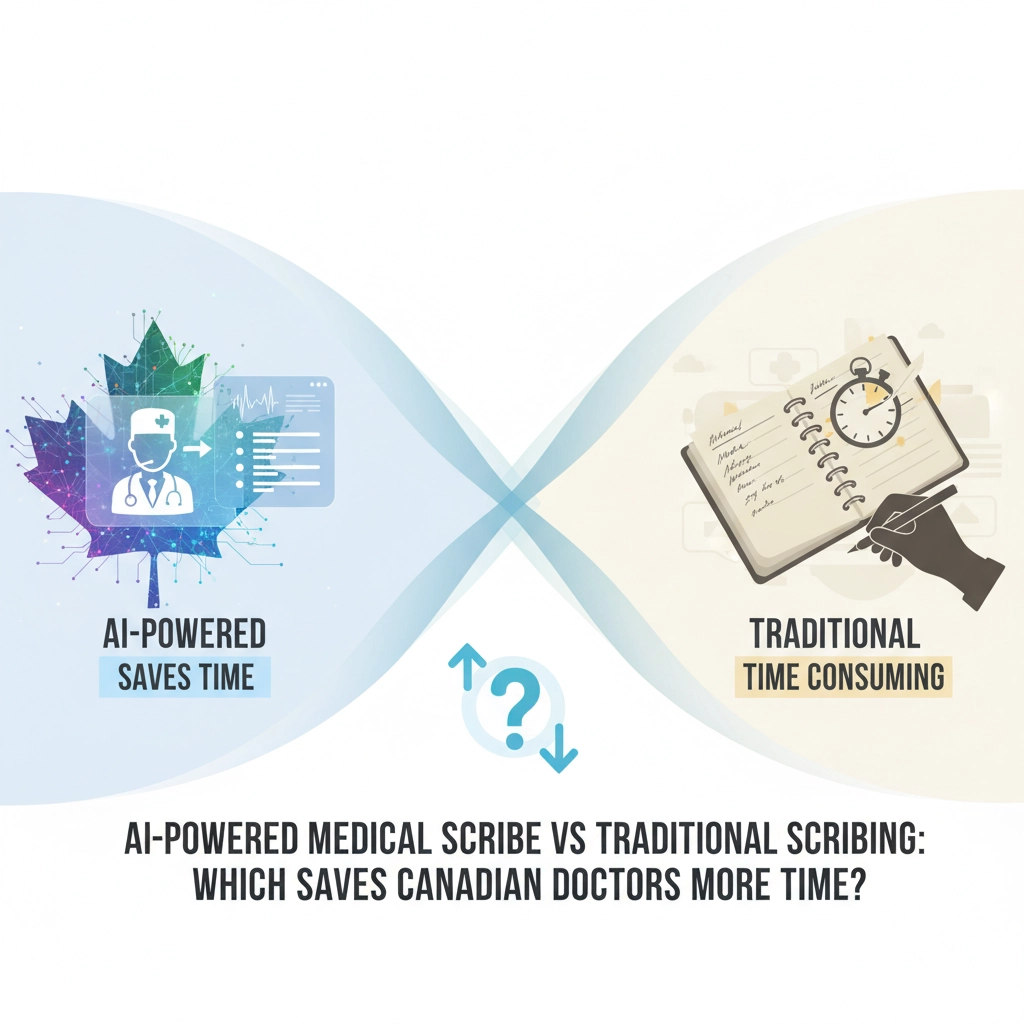
Hey there, fellow healthcare heroes! 👩⚕️
We've all been there – it's 9 PM, you're finally home from the clinic, but you're still hunched over your laptop finishing up documentation from today's patient visits. Sound familiar? If you're nodding your head right now, you're definitely not alone. Canadian doctors are spending way too much time on paperwork, and frankly, we think there's got to be a better way.
That's exactly why we're diving deep into this burning question: should you stick with traditional medical scribing, or is it time to make the leap to AI-powered solutions like Scribeberry? Spoiler alert: the numbers might surprise you, and they're pretty compelling for our Canadian healthcare providers.
Let's break down the real deal on time savings, because honestly, who couldn't use a few extra hours back in their day?
The AI Revolution: How Scribeberry and AI-Powered Scribing Are Changing the Game
Here's where things get exciting! AI medical scribe software has completely transformed how we think about clinical documentation. Instead of frantically typing notes while trying to maintain eye contact with your patients (we've all mastered that awkward dance), AI scribing software works through ambient listening during your consultations.
Here's how the magic happens: Scribeberry captures your conversations in real-time, converts speech-to-text instantly, and uses natural language processing to organize everything into structured clinical notes. The best part? It integrates directly with your existing EMR system, so you're not juggling multiple platforms.
The Numbers Don't Lie: Time Savings That Actually Matter
Okay, let's talk about the data that's got Canadian doctors pretty thrilled. A 2024 study by OntarioMD found something incredible – physicians using AI-powered medical scribe technology reduced their documentation time by 70% to 90%. That translates to freeing up 3–4 hours per week!
But wait, it gets better. Across the board, AI medical transcription solutions are saving physicians an average of 2 hours per day on documentation tasks. We're talking about 10 hours per week or 40 hours per month back in your life. That's basically a whole extra day every week!
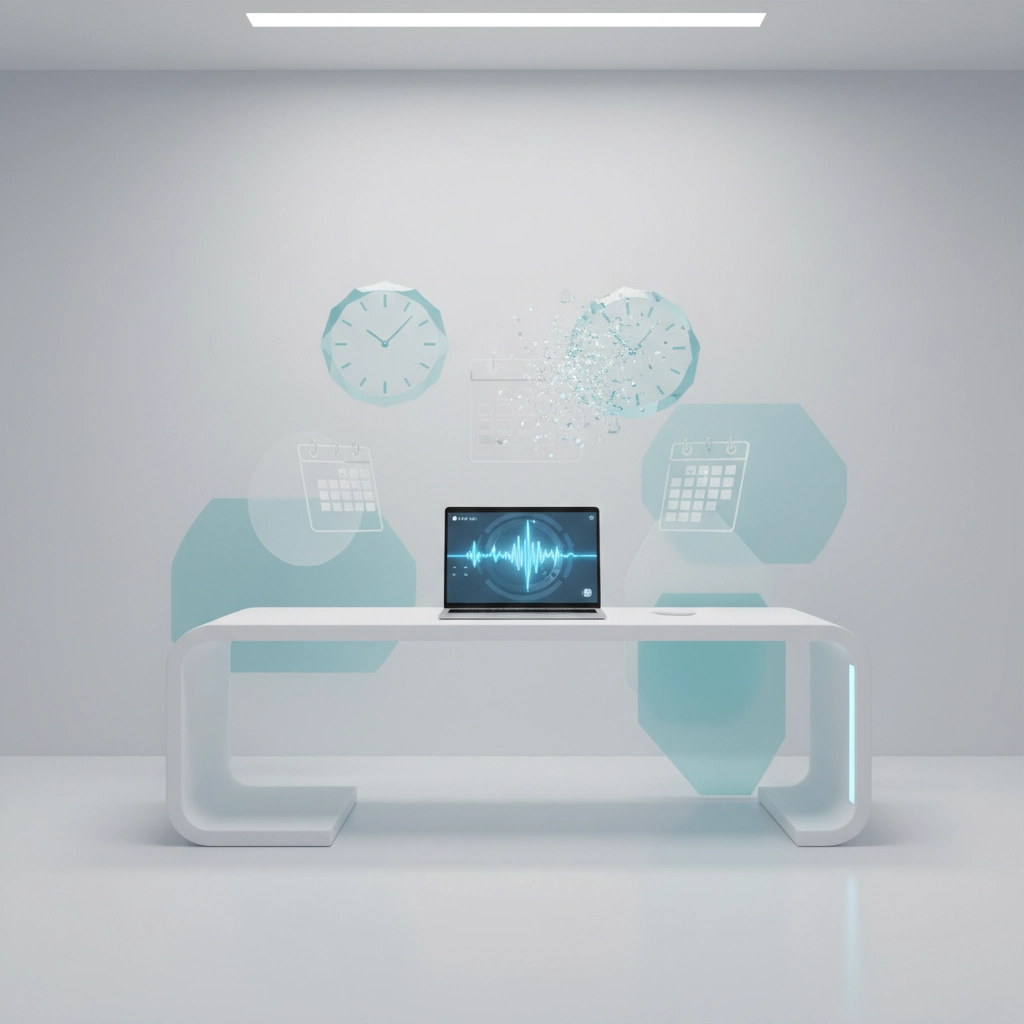
Real Canadian Doctors, Real Results
Dr. D put it perfectly when he said using Scribeberry saves him "at least 4 hours during the week and 2–3 hours over the weekend." His exact words? "This is almost like getting a whole day of your life back!" For a busy clinic day with 14 patients, he now spends only 30 minutes after closing on all his documentation, including referrals.
Dr. Lall, a family physician in Toronto, shared something that really resonated with us. She mentioned that AI medical scribe software "decreases the cognitive load you feel at the end of the day." Instead of dreading her workdays, she now finds them completely manageable. That's the kind of transformation we're talking about!
Why Scribeberry Stands Out for Canadian Practices
What makes Scribeberry particularly awesome for Canadian healthcare providers? We've built our platform with your specific needs in mind:
- Bilingual support for English and French consultations (because Canada!)
- PIPEDA compliance and robust privacy protections
- Over 95% accuracy in capturing medical information
- Seamless EMR integration with popular Canadian systems
- Custom templates that work with your specialty's workflow
The coolest part? High users of AI scribing solutions like Scribeberry save 2.5 times more time per note than occasional users. The more you embrace the technology, the bigger the time savings become.
Traditional Medical Scribing: The Old School Approach
Now, let's give credit where it's due – traditional medical scribing has been helping doctors for years. These are trained healthcare professionals who manually document your patient encounters in real-time, capturing medical histories, examination findings, and treatment decisions as you speak.
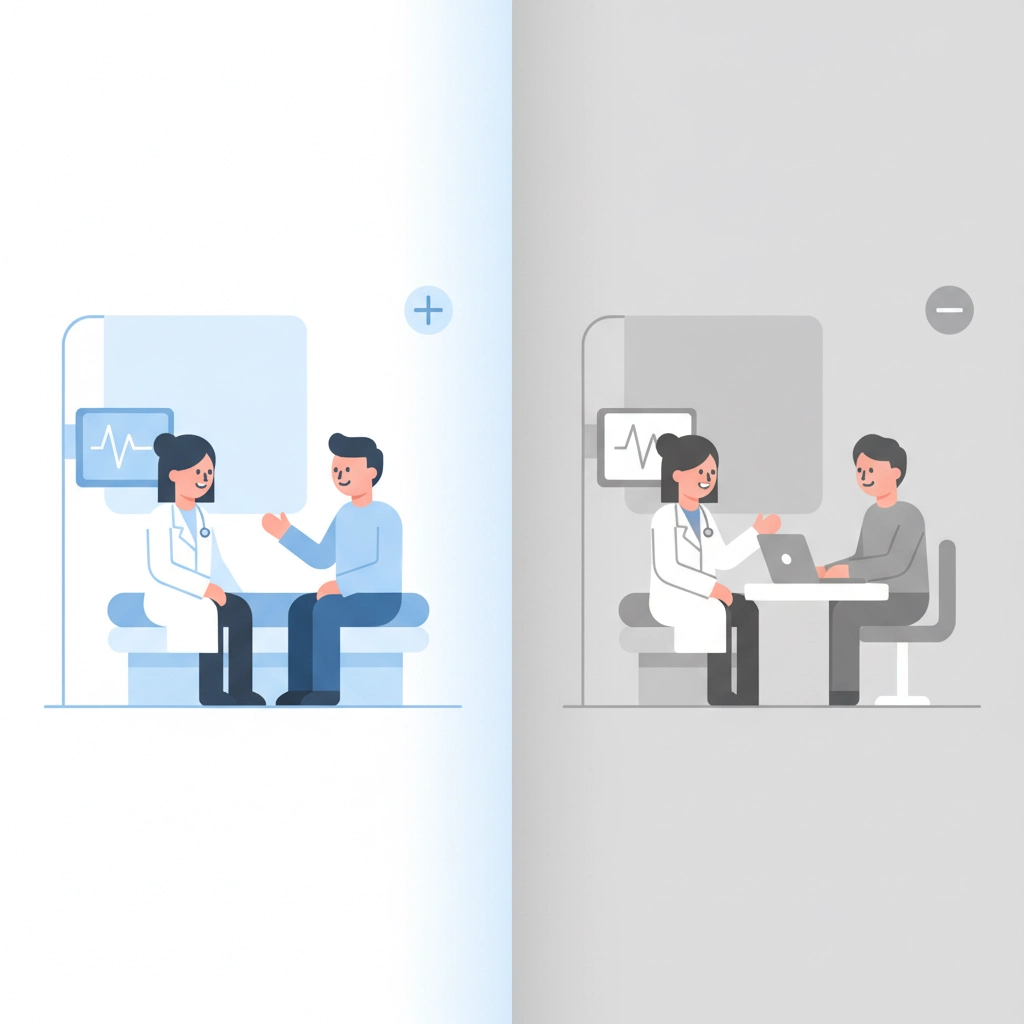
How Traditional Scribing Works
Traditional scribes provide immediate entry of spoken information into your EMR systems. They're sitting right there (or connected remotely), transcribing everything you say and organizing it into proper medical documentation. It definitely reduces some of the clerical burden, and the notes get updated instantly during your consultation.
But Here's Where It Gets Tricky...
While traditional scribing sounds great in theory, there are some real challenges that Canadian practices face:
Staffing Headaches: You need to hire, train, and manage dedicated staff. Finding qualified medical scribes in Canada isn't exactly easy, and turnover can be brutal.
Scalability Issues: Want to add more providers to your practice? You'll need more scribes. It's a 1:1 ratio that doesn't scale efficiently.
Privacy Concerns: Having another person in the room during sensitive consultations can make both you and your patients uncomfortable.
Human Error Factor: Even the best scribes can mishear, make typos, or miss important details. We're all human!
Cost Considerations: Between salaries, benefits, training, and potential turnover costs, traditional scribing can get expensive fast.
The biggest issue? Despite all these challenges, there's actually no specific quantified time savings data available for traditional scribing in the medical literature. That's a pretty big red flag when you're trying to make a business case for improving your practice efficiency.
The Head-to-Head Comparison: AI vs Traditional
Let's put these two approaches side by side and see how they stack up:
| Feature | AI-Powered Medical Scribe (Scribeberry) | Traditional Medical Scribe |
|---|---|---|
| Documentation Speed | Near-instant note generation; minimal after-hours work | Slower; depends on scribe availability and speed |
| Quantified Time Savings | 2-4 hours per day; 70-90% reduction in documentation time | No specific time savings data available |
| Accuracy Rate | >95% accuracy; learns medical terminology and context | Subject to human errors (mishearing, typos, omissions) |
| Workflow Disruption | Zero disruption; ambient listening enables natural conversation | May feel intrusive; requires third-party presence |
| Long-term Costs | 60-75% cost reduction vs. human scribes | Higher due to hiring, training, and ongoing expenses |
| Scalability | Unlimited scalability with no staffing constraints | Limited by ability to hire and train new staff |
| Patient Privacy | No additional personnel during consultations | Requires third party in sensitive conversations |
| EMR Integration | Direct integration and API-based syncing | Often limited or requires manual entry |
| Learning Capability | Continuously improves with AI and understands context | Limited to individual scribe's training and experience |
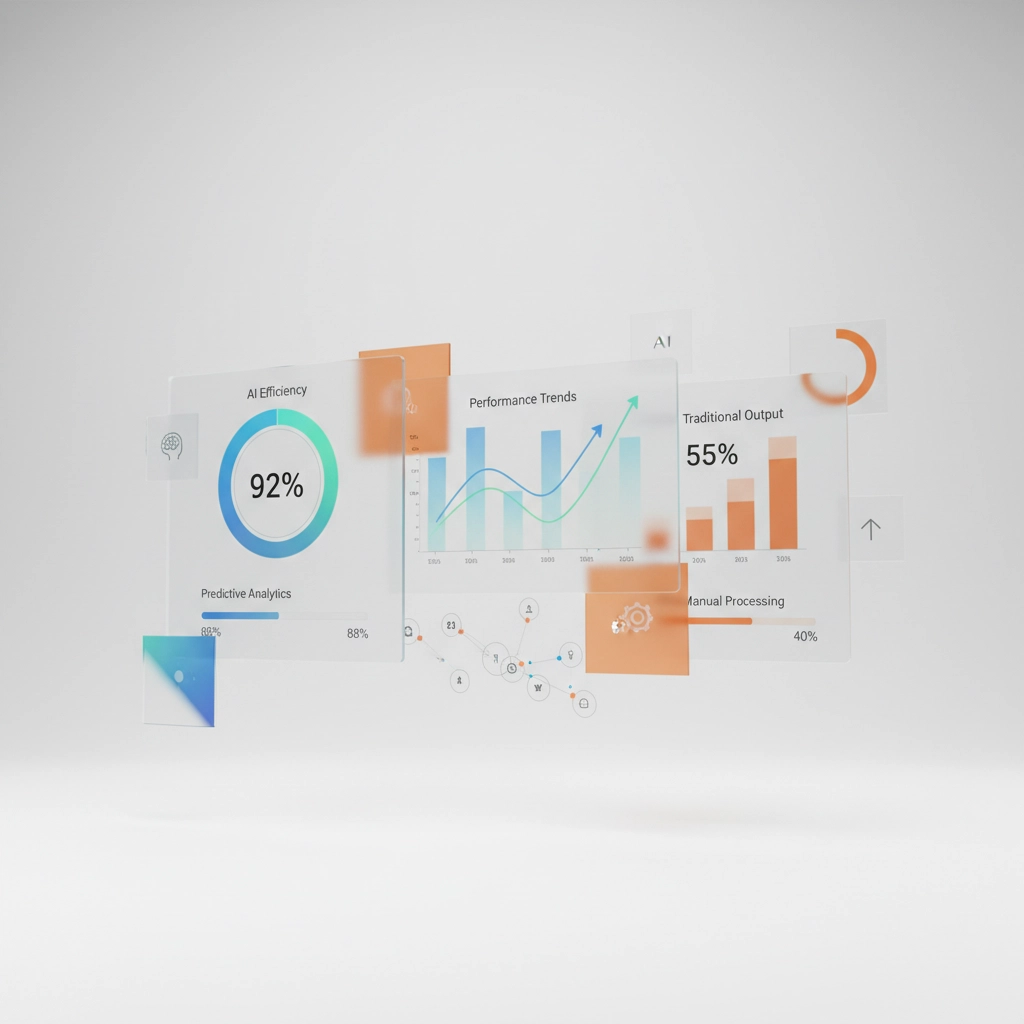
Our Recommendation: Why AI Wins for Canadian Healthcare
Look, we'll be straight with you – AI-powered medical scribes like Scribeberry are the clear winner for most Canadian healthcare practices. The 70-90% reduction in documentation time that Ontario doctors are experiencing isn't just a nice-to-have; it's a game-changer for work-life balance and job satisfaction.
Here's when Scribeberry makes the most sense (which is basically always):
✅ High patient volumes: The more patients you see, the more time you save
✅ Experiencing documentation burnout: 92% of physicians using AI scribes report reduced stress levels
✅ Looking to improve patient interaction: More eye contact, less typing
✅ Want to scale your practice: Add providers without adding administrative staff
✅ Value work-life balance: Get those evenings and weekends back!
When Might Traditional Scribing Still Make Sense?
Honestly, there are very few scenarios where we'd recommend sticking with traditional scribing:
- You already have existing scribing staff and infrastructure that's working well
- Highly specialized procedures requiring immediate hands-on documentation
- Practices where you absolutely must have human oversight for every single note
But even in these cases, we'd encourage you to at least try Scribeberry for a month and see the difference for yourself.
Ready to Reclaim Your Time?
The evidence is pretty clear – AI medical transcription technology like Scribeberry isn't just the future of healthcare documentation; it's the present. Canadian doctors who've made the switch are getting hours of their lives back every single day, reducing stress, and actually enjoying their practice again.
If you're ready to stop spending your evenings catching up on charts and start focusing on what really matters – your patients and your personal life – we'd love to show you what Scribeberry can do for your practice.
Want to see these time savings for yourself? Start your free trial with Scribeberry today and join the growing community of Canadian healthcare providers who've discovered there really is a better way to handle clinical documentation.
Trust us, future you will thank you for making the switch! 🚀
Have questions about getting started with AI scribing? Check out our comprehensive help center or learn more about our custom templates designed for different medical specialties.
